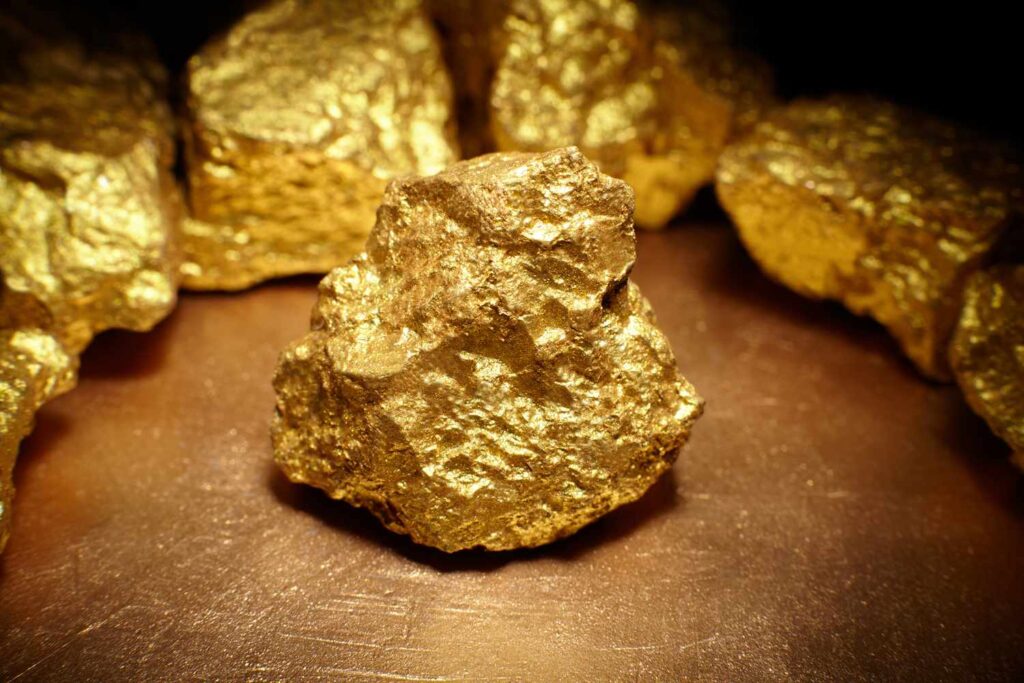On Wednesday, gold prices saw an uptick, with investors on standby for upcoming U.S. inflation data expected later in the week.
This data is anticipated to shed light on the Federal Reserve’s future monetary policy decisions.
By the afternoon, spot gold had risen by 0.5% to $2,189.89 per ounce, while U.S. gold futures also experienced a boost, closing 0.6% higher at $2,212.7.
The focal point for market watchers is the U.S. Core Personal Consumption Expenditures Price Index (PCE) for February, set to be released on Friday.
Following a 0.3% increase in January, this report is crucial as Alex Turro, a senior market strategist at RJO Futures, highlights, “We’ll have to see whether or not U.S. inflation here domestically is soft enough to provide this clear path to lower rates in the coming months.”
Turro anticipates that prices will likely hover within a certain range in anticipation of the inflation data, with investors adopting a cautious stance until then.
The anticipation around the Federal Reserve’s next moves has been heightened following gold’s surge to a record peak last week, spurred by the Fed’s forecast of three rate reductions in 2024, despite persistently high inflation figures.
The market is currently pricing in a 70% likelihood of a rate cut by the Fed in June, a move that could lessen the opportunity cost associated with holding gold, which does not yield interest.
According to Giovanni Staunovo, an analyst at UBS, the consistent gold buying by central banks aiming to diversify their currency reserves has helped to balance out weaker investment demand.
This demand has been largely driven by speculation around U.S. interest rate cuts.
In international markets, India, the second-largest consumer of gold, is expected to see a drastic drop in gold imports by over 90% in March compared to the previous month.
The decrease is a result of banks reducing imports after a surge in gold prices dampened consumer demand.
Other precious metals also saw varied movements on Wednesday. Spot silver edged up by 0.6% to $24.56 per ounce.
In contrast, platinum and palladium experienced declines, with platinum dropping by 0.9% to $894.85 per ounce and palladium decreasing by 0.7% to $986.31 per ounce.
